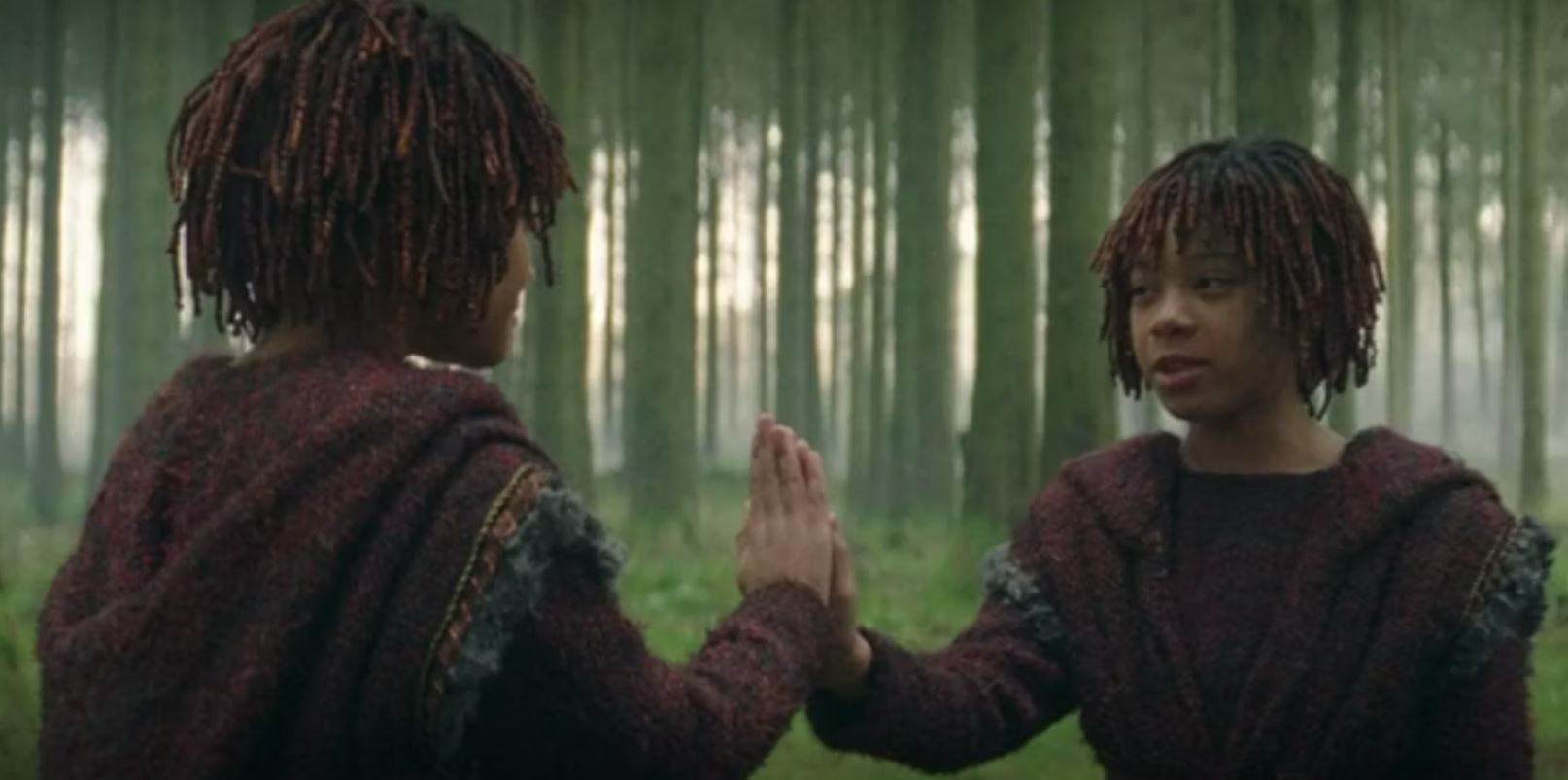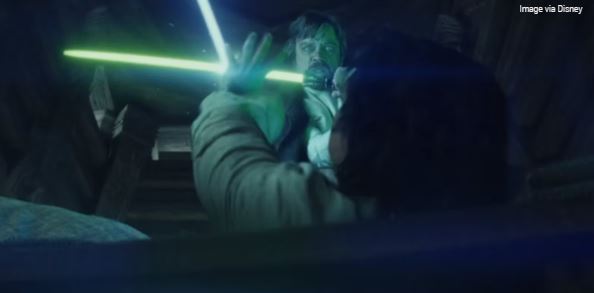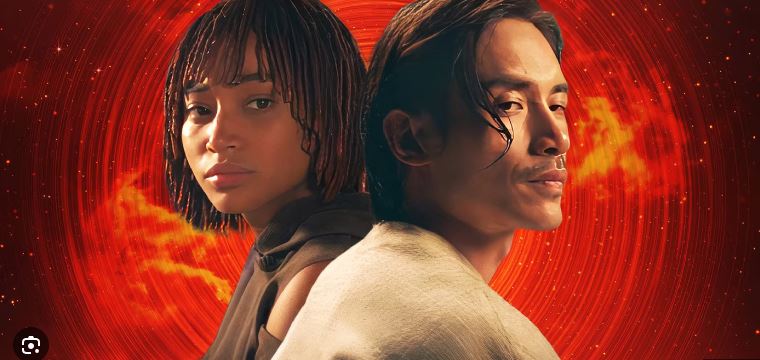George Lucas was influenced by multiple works of art when crafting the world of Star Wars. He originally came up with the concept when he couldn’t get the rights to Flash Gordon, but the biggest influence on a galaxy far, far away has been Akira Kurosawa. Lucas took the basic plot of Kurosawa’s war film The Hidden Fortress and added the blend of sci-fi and fantasy elements that makes Star Wars…well, Star Wars. Other filmmakers have followed in his footsteps, including The Acolyte showrunner Leslye Headland.
Headland has cited Kurosawa’s Rashomon as a major influence on the show, particularly when it comes to the events on Brendok. “We were obviously influenced by samurai films and wuxia films, but also films like Rashomon, where you see one story and then you see it done a different way. So, what separates [The Acolyte] from some of the other Star Wars series is that it’s told in that particular way,” she told The Hollywood Reporter. Rashomon’s storytelling structure kicked into play with the latest episode of The Acolyte, “Change,” adding new depth to the story of Mae and Osha (Amandla Stenberg).
What Is Akira Kurosawa’s ‘Rashomon’ About?

Rashomon is centered around the story of a murdered samurai (Masayuki Mori) that is told from the point of view of a group of people, each with a conflicting view of events. Those people are woodcutter Kikori (Takashi Shimura), Hōshi the priest (Minoru Chiaki), the samurai’s wife (Machiko Kyô) and Tajōmaru (Toshirō Mifune), the bandit charged with said samurai’s murder. Rashomon stands out in Kurosawa’s filmography due to how it plays with narrative, as each character’s account of the murder changes based on their connection to the samurai or what they saw that day. Tajōmaru says he seduced the samurai’s wife, who then asked him to have a duel with her husband; the wife says that Tajōmaru never offered this and fled, leaving her with her wrathful husband. This has led to what’s dubbed as “the Rashomon effect,” where filmmakers often use characters’ conflicting points of view to shape a narrative.
Rashomon would also cement the path of Kurosawa’s films going forward. It was the first film he made in the Jidaigeki genre. Jidaigeki are stories centered on the period of time before the Meiji Restoration; they mainly focus on the lifestyle of that era, particularly where samurai and farmers are concerned. Most of Kurosawa’s work would take place within the Jidaigeki genre, including his action epic Seven Samurai. In his book Akira Kurosawa and Modern Japan, David Conrad noted how Rashomon served as a cultural victory for Kurosawa, since the American occupation at the time had led to Jidaigeki films being prevented from production.
‘The Acolyte’ Uses the Rashomon Effect To Shape Its Characters

The Rashomon effect is in full swing in “Destiny” and “Choice,” the pair of Acolyte episodes that take place on Brendok. When a group of Jedi Knights approach the Force-sensitive witches that make Brendok their home, they ask to test Mae and Osha for their Force abilities. The coven is wary, but Osha shows a great interest in the Jedi as she forms a bond with Sol (Lee Jung-jae). But Mae refuses to let Osha go, locking her in her room and setting a fire. Osha does break free, but witnesses Mae seemingly plummet to her death. Years later, the bulk of The Acolyte is set into motion when Osha learns that Mae is alive and hunting down the Jedi who were on Brendok.
“Choice” gives more insight into the Jedi’s mission, as well as Mae’s quest for retribution. The Jedi discover that Brendok is a vergence, which boosts the witches’ Force powers and helps their leader, Mother Aniseya (Jodie Turner-Smith), give birth to them. There’s also another angle to the fire: Mae accidentally set it off, and struggled to free Osha. But the biggest revelations concern Sol: he ended up killing Mother Aniseya and lied to Osha about her sister’s death. Painting the Jedi Knight as a flawed figure adds more layers to Sol and Mae and is in line with the characterization of the prequel series Jedi. Mae’s quest is shown to be justified, while Sol is grappling with the fallout from his actions. Using the Rashomon effect makes The Acolyte stand out from other Star Wars shows, but it isn’t the first time this approach has been applied in the franchise.
‘The Last Jedi’ Was the First Film To Utilize the Rashomon Effect

Star Wars: Episode VIII – The Last Jedi pulls from Rashomon’s narrative by showcasing three different versions of a conflict between Luke Skywalker (Mark Hamill) and Ben Solo (Adam Driver), which led Ben to become Kylo Ren. In the first version, Luke tells Rey (Daisy Ridley) that Ben buried him under rubble before burning down his temple. Ben has a different story: he claims that he woke up to Luke trying to kill him. But the third version is where the truth lies: Luke sensed darkness in Ben and contemplated killing him but decided against it just as Ben woke up. “It’s similar to Rashomon, but the actual story motivation was that I wanted some harder kick to Rey’s turn,” writer/director Rian Johnson said when discussing the story structure. “Ultimately, the only one who lies is Luke, in the very first flashback, where he omits the fact that he had a lightsaber in his hand. Kylo is basically telling the truth about his perception of the moment.”
The fact that both The Acolyte and The Last Jedi utilize Rashomon’s storytelling structure is a clear example of how Akira Kurosawa continues to impact the Star Wars franchise. With even more Star Wars films and television series slated for release in the coming years, there’s a good chance that other filmmakers will look to the works of Kurosawa when shaping their stories.
